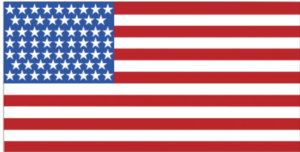Mistrust of NGO expertise hampers the fight against corruption enabling wildlife and timber crime


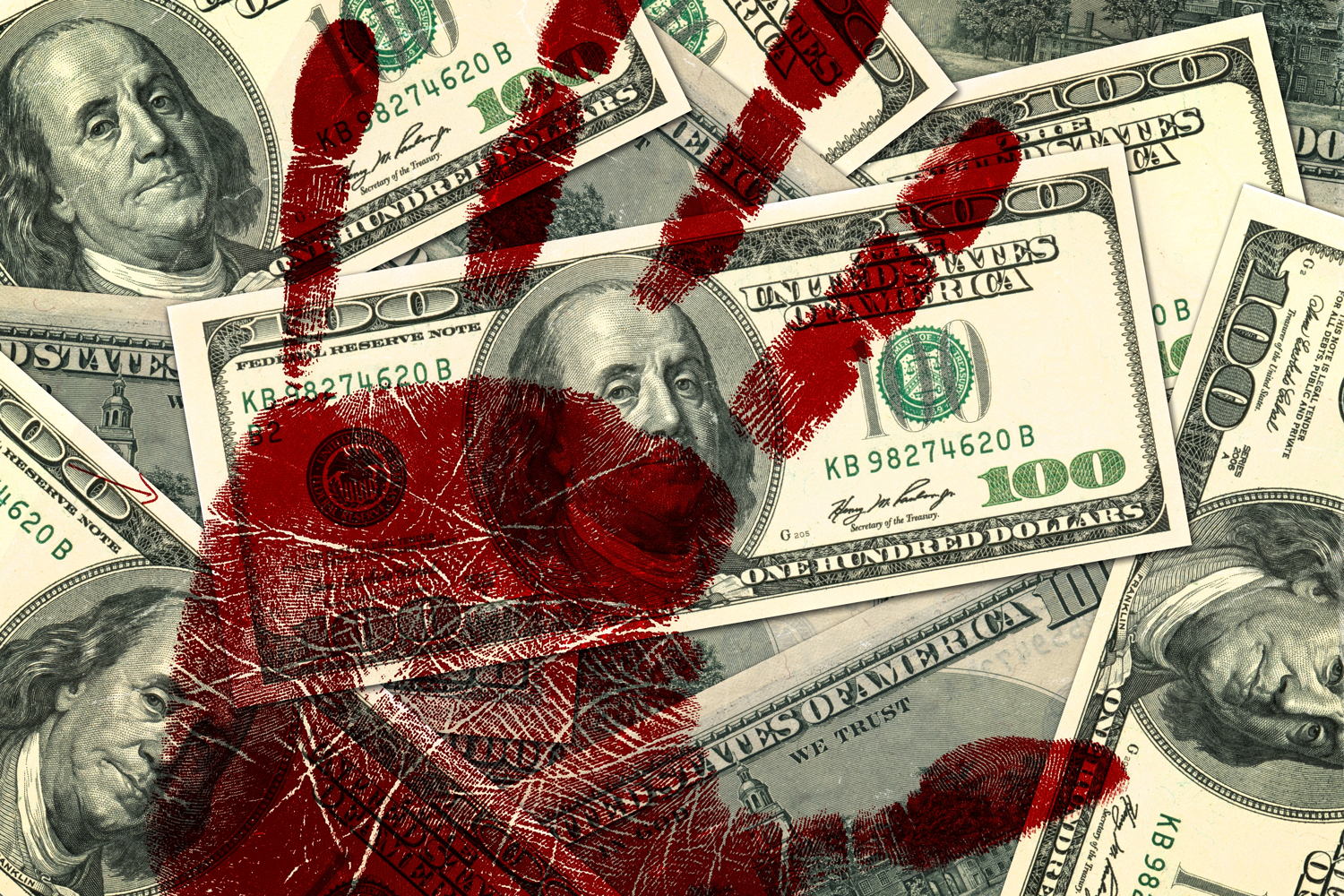
Corruption is a critical enabling factor behind the illegal wildlife trade and forest crime – it not only facilitates environmental crime, but is also a major impediment to law enforcement and criminal justice.
EIA has encountered evidence of corruption in almost every investigation we have conducted over the past 40 years, from border officers turning a blind eye to kickbacks to secure access to forest land or the direct involvement of government officials in wildlife crime offences.
We have been calling on governments to tackle environmental crime in concert with corruption and improve accountability and transparency.
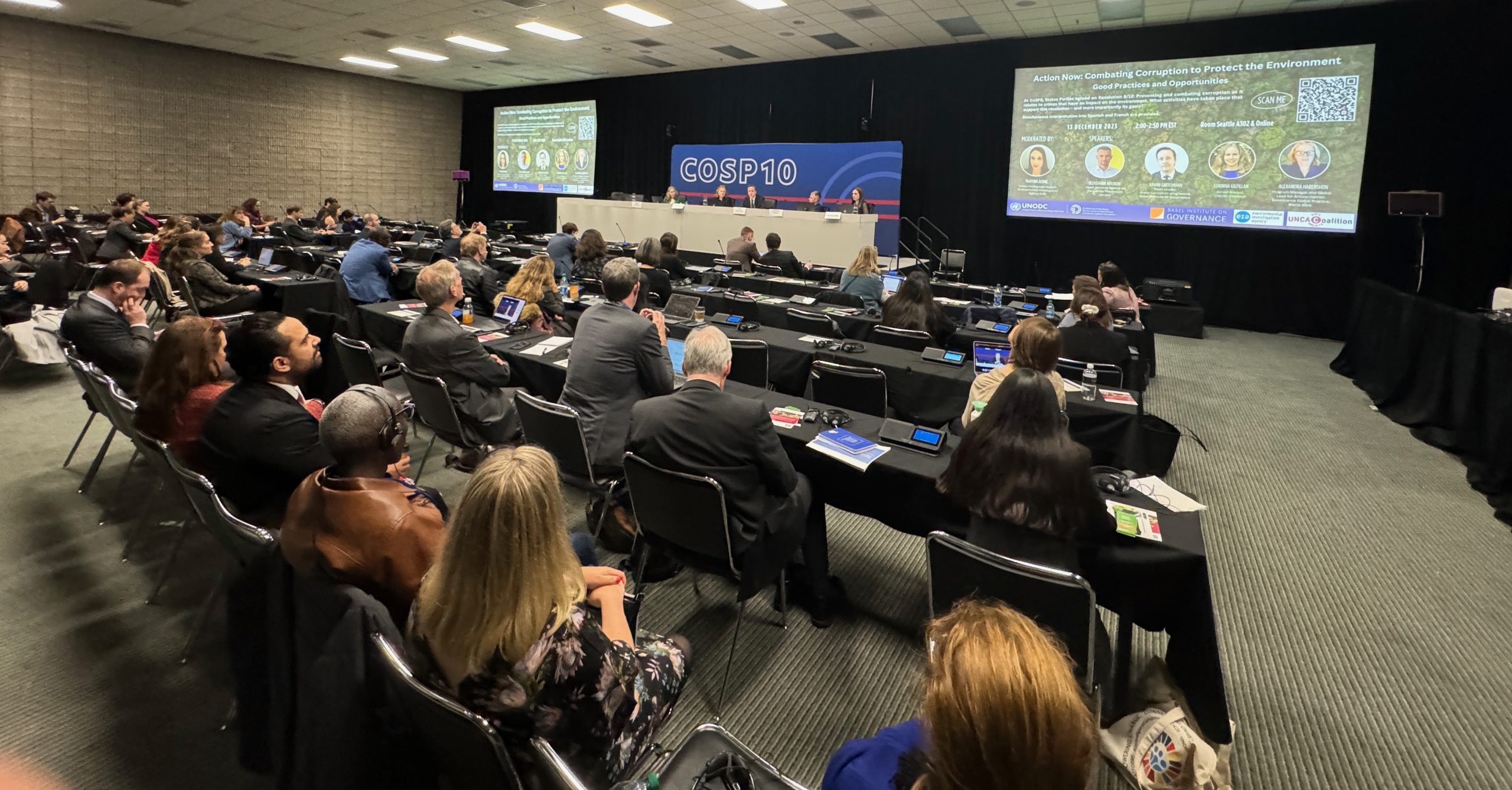
EIA moderating a panel at UNCAC CoSP10 in Atlanta (c) EIA
Our investigations in West and Central Africa reveal the hand of corruption in facilitating wildlife crime in the region. EIA was one of the first environmental organisation to engage with the United Nations Convention against Corruption (UNCAC) at St Petersburg in 2015, joining a high-level panel to call for greater attention to corruption and environmental crime.
Four years later, the first Resolution on that matter was passed by the Parties to the Convention. Furthering our efforts to engage with this mechanism, EIA campaigners were in Atlanta, Georgia last week for the 10th session of the Conference of the States Parties (CoSP10) to UNCAC, in the Georgia World Congress Center from 11-15 December 2023.
UNCAC is the only legally binding universal anti-corruption instrument and covers five main areas – preventive measures, criminalisation and law enforcement, international cooperation, asset recovery and technical assistance and information exchange.
While UNCAC covers many different forms of corruption and crime areas, Parties are yet to acknowledge the triple planetary crisis of biodiversity loss, pollution and climate change.
The CoSP brings together state parties to the Convention and observers, including intergovernmental and non-governmental organisations, to deliberate over the corruption that manifests in a myriad of sectors and consider how to reduce and mitigate it.
EIA believes that tackling corruption is key in addressing environmental crime effectively and that, while it invariably falls into the ‘too hard’ basket, we can draw upon best practices and experience from other sectors and apply them to environmental crime.
The EIA team was proud to join a day of events on environmental corruption, in which key stakeholders discussed issues on current threats, forest crime and minerals. We closed the event by facilitating a session on best practices and opportunities, featuring a panel of experts including the Basel Institute on Governance, the UNCAC Civil Society Coalition, the World Bank and the Ukrainian National Agency on Corruption Prevention.
The speakers highlighted the need for financial investigations, a multi-stakeholder approach and the critical role of civil society organisations, whose engagement is, shockingly, not always welcome at an event that should be striving for greater public accountability and transparency.
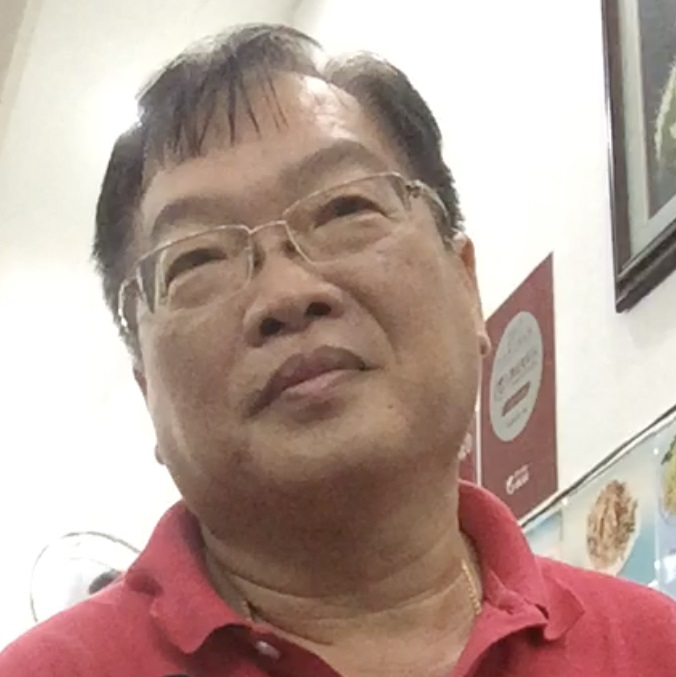
Teo Boon Ching
Malaysian national Teo Boon Ching was sentenced to 18 months in prison by a court in New York in September this year for trafficking rhinoceros horns.
EIA’s investigations had revealed that Teo was directly involved with the large-scale international trafficking and smuggling of rhinoceros horns, ivory and pangolin scales in Malaysia and Thailand.
He provided concealment and packing services to several criminal networks involved in the smuggling of illegal wildlife goods into Asia via Malaysian ports. Teo benefitted from strong connections to Customs officials at Johor Port, who let his clients enter the Customs Clearance Warehouse to verify goods once the wildlife shipments had arrived in Malaysia.
We believe Teo’s large-scale operations, which spanned two decades, would not have been possible with strong anti-corruption measures in place.
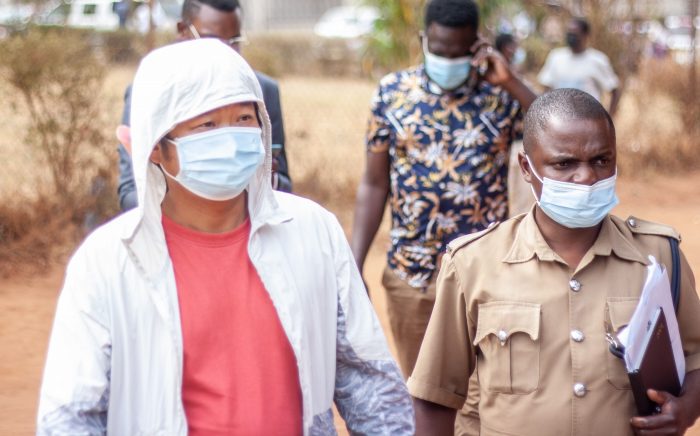
Yunhua Lin, left, at the court in Malawi, September 2021 (c) EIA
The Lin-Zhang wildlife trafficking network used to operate major wildlife trafficking operations in southern Africa and was headed by Chinese national Yunhua Lin, who was convicted for rhino horn trafficking and money laundering and sentenced to 14 years in jail in 2021 in Malawi.
As Brighton Kumchedwa, Director of Malawi’s Department of National Parks & Wildlife, said following Yunhua Lin’s conviction, wildlife criminals not only exploit Malawi’s natural heritage and damage the country’s economy, but also incite corruption.
The network managed to evade detection for more than a decade, but the arrest of 19 members of the group marked a significant shift in Malawi’s fight against wildlife trafficking and one of the key factors driving that shift was the country’s efforts to combat corruption effectively.
EIA’s investigations revealed corruption at all stages of the timber processing sector, from the award of forest concessions to the cross-border smuggling of luxury timbers. For example, a two-year undercover investigation into near-mythic ‘Burmese teak kingpin’ Cheng Pui Chee revealed how he engaged in high-level corruption in collusion with senior Myanmar officials to defraud the state of timber revenues.
His corrupt acts allegedly included multi-million dollar bribes and paying for the foreign education of the children of regime officials for a generation – all in exchange for preferential cut-price access to the best teak sold onto international markets.
EIA is a signatory to an open letter to UNCAC States Parties calling for a strong Resolution at CoSP10 to prevent and combat environmental crime and corruption, but such a Resolution was not raised by any Party, leaving a gap in awareness and the response to the problem. As a result, environmental crimes facilitated and exacerbating corruption are more likely to continue with impunity.
Our experience at the conference has left us deeply concerned about how civil society organisations are viewed with mistrust by some Parties which could draw upon our combined expertise to find solutions to the growing threat corruption poses to the environment and its inhabitants.
There is a growing consensus to tackle corruption as a driver of environmental crime, yet clearly there is far more can be done. As EIA enters its 40th year, we will continue to hold governments to account to turn words into tangible actions.
Read more about EIA’s work on corruption:
Acknowledgement
* EIA’s attendance at the UNCAC CoSP10 was generously supported by a grant from the United States Department of State. The opinions, findings and conclusions in this article are those of the author and do not necessarily reflect those of the US Department of State.
